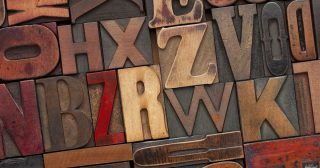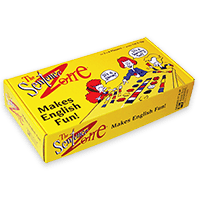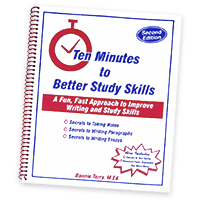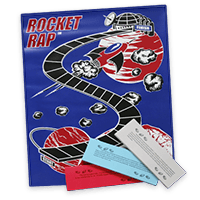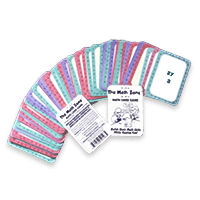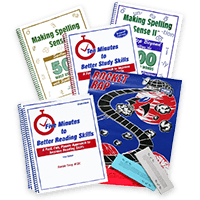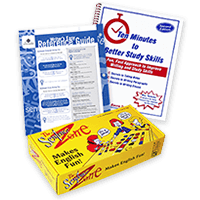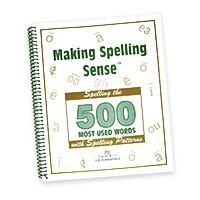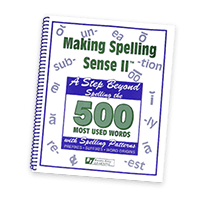How to Teach and Improve Vocabulary
April 18th, 2017[vc_row][vc_column][vc_column_text]Improving vocabulary is one of the five tenets to teaching reading as well as improving reading skills. Vocabulary is a strong indicator of student success. Knowledge of words and word meanings is an important key to reading, speaking, and listening success. Baker, Simmons, & Kame’enui, 1998. Additionally, the National Research Council (1998; see References) concluded that vocabulary development is a fundamental goal for students in the early grades.
5 Components of Reading
- Phonemic Awareness
- Phonics
- Fluency
- Vocabulary
- Comprehension
The last few weeks I’ve written about phonemic awareness, phonics, and fluency. This week we are delving into five specific ways to improve vocabulary.[/vc_column_text][vc_column_text]
5 Ways to Teach and Improve Vocabulary
- Explicit Instruction
- Implicit Instruction
- Multimedia Instruction
- Capacity Methods
- Association Methods
Explicit or Direct Instruction is systematic, engaging, and success orientated. This includes the “I Do” piece (teacher modeling), the “We Do” piece (guided practice), and the “You Do” (independent practice). This is what is known as ‘conscious’ learning. This is commonly done by pre-teaching vocabulary before reading a selection as well as teaching students to analyze root words and suffixes.
Implicit Instruction is where the student is told to perform a task and the student needs to figure out how to do the task themselves. This is where the learner doesn’t realize they are learning. By doing an activity they are learning too. An example of this is learning through game playing. Implicit means that something is not directly stated, but clues are given, and you can figure it out by drawing conclusions.
Multimedia Instruction uses a combination of video, pictures, maps, or graphic aids to teach vocabulary.
Kim, D., & Gilman, D. A. (2008) concluded in their study on the effects of text, audio, and graphic aids in multimedia instruction for vocabulary learning that “an effective way to improve the learning of English vocabulary is to offer graphics to illustrate the definition. Students were likely motivated to success and achievement in vocabulary learning when visual text was presented with graphics because text alone did not usually translate in a manner that is meaningful to the learners, while graphics allowed them to visualize the definition in a more meaningful way.”
Capacity Methods assume that learners need to make other aspects of the reading process automatic in order to have enough mental capacity to be able to focus on new vocabulary. These methods instruct learners to be able to automatically decode and read fluently, so when they come upon a new word it is not as daunting to pronounce it and understand the meaning.
Association Methods teach students to make connections between words they know and words they encounter. Association methods can be implements with thinking of words rhyme with ‘hat’. This association is relating to words that end with the same ‘at’ sound. Other associations may be with multiple meaning words or with words that fit in a specific category such as ‘space’.[/vc_column_text][video_item youtube_video=”true” aspect_ratio=”aspect_16_9″ title=”Improve Vocabulary and Reading Skills” author=”Bonnie Terry” publisher=”Bonnie Terry Learning” link=”https://www.youtube.com/embed/wlh1FYluypM” video_unique_id=”vocabulary_reading”][/vc_column][/vc_row][vc_row][vc_column][vc_column_text]
Three Improve Vocabulary Activities
Activity 1: Thinking of Associations and Words
As a prompt, ask your students or kids to think of things in a category. Give an example to start off:
- Water: pond, river, lake, ocean, stream, sea, etc.
Have your students try to come up with as many words as they can for each category. You can do this orally for a few categories as well as individually by having each student write the words down on a piece of paper. Compare notes after for each category. Some ideas:
- Colors
- Space
- Numbers
- Places
- Measurement
- Sound
- Touch
- Vegetables
- Candy
- Trees
Activity 2: Think of Multiple Meaning Words
This time, instead of giving categories, prompt your students to think of multiple meaning words. This one can be great to teach using a dictionary after to double check what words you all came up with.
Example: Address – Apply, Speech, Home
Some ideas:
- Admit
- Body
- Boil
- Buckle
- Date
- Conclude
- Deal
- Draw
- Dull
- Domestic
- Face
- Follow
- Good
- Hard
- Initial
Activity 3: Rhyming Words and Poems
For the last activity, think of words that rhyme.
- Hat
- Sit
- Bell
- Cob
- Song
- Hum
- Camp
- Dawn
- Deed
- Talk
You can expand on this by doing an exercise where you teach and come up with Limericks. These are the often witty 5-line poems with a distinct syllable rhythm.
How to write a Limerick
- The 1st, 2nd, and 5th lines rhyme. (7-10 syllables)
- The 3rd and 4th lines rhyme. (5-7 syllables)
- Rhyming Pattern: AABBA
I came across this great poem from a 6th Grade Student:
I think cake is so yummy
It always fills my tummy
And it’s fun to bake
Oh dear sweet cake
I love you like a Halloween mummy!
[/vc_column_text][/vc_column][/vc_row][vc_row][vc_column][vc_column_text]For more direct instruction on improving reading skills by improving vocabulary, check out our Awaken the Scholar Within Reading, Writing, and Study Skills Program. Here, Bonnie teaches these skills to you, step-by-step through audio and video lessons. The program includes Five Minutes to Better Reading Skills, Ten Minutes to Better Writing and Study Skills, The Sentence Zone, and the Writer’s Easy Reference Guide which integrates vocabulary with comprehension and writing skills.[/vc_column_text][/vc_column][/vc_row][vc_row][vc_column width=”1/4″][vc_single_image image=”8183″ img_size=”full”][/vc_column][vc_column width=”3/4″][vc_column_text]Bonnie Terry is a Board Certified Educational Therapist and internationally recognized as America’s Leading Learning Specialist and the founder of BonnieTerryLearning.com. Terry is an expert in developing learning programs that target how people learn through the visual, auditory, and tactile/kinesthetic processing systems. Terry coaches teachers and parents so they can give their child a 2 to 4-year learning advantage in just 45-60 minutes a day. She is a frequent media guest and speaker.
[/vc_column_text][/vc_column][/vc_row]
